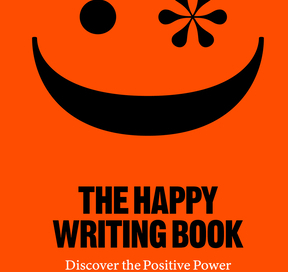The Circle is Open 2022
I see I did another blog with the same theme and so I’ve added the year to this one. “The circle is open” is something I say at the end of a women’s writing circle:
The circle is open but unbroken
May the love of the goddess
be ever in our hearts
Merry meet and merry part
and merry meet again.
In fact we sing the words when there are women who have been in the circle for a long time and know the words and tune.
I needed to continue offering writing circles throughout the summer for the grounding it offers to me and to others. I mean that literally as well because we walk the land as part of the writing circle which we did for the summer circle with the theme of “All Our Relations.”
I so appreciate Nature’s support for the unfolding journey of each of us and walking the property where I now live has really helped to add to my personal field guide. “Even the stones are storytellers” someone wise once said and we can tell our stories to the stones as well.
I have some women’s writing circles coming up, in person and on Zoom, and hope women, wherever they may be, will consider joining the circle.
An invitation to the Writing Life women’s writing circle
Wednesday, August 24 from 10:30 a.m. to 1 p.m. in person, in Nanaimo
Fee: $25
If you’d like to experience a Writing Life women’s writing circle and would like like some respite for a few hours, I’m offering one with the theme of “Writing for the Love of It” at my home in Nanaimo. We’ll take a walk around the property as “A Walk of Your Own” is one of our topics. Have a […]

